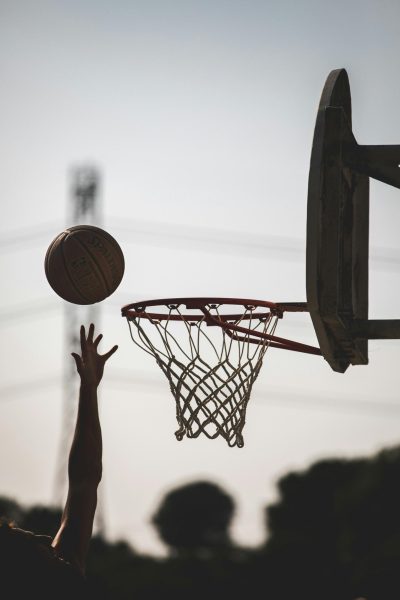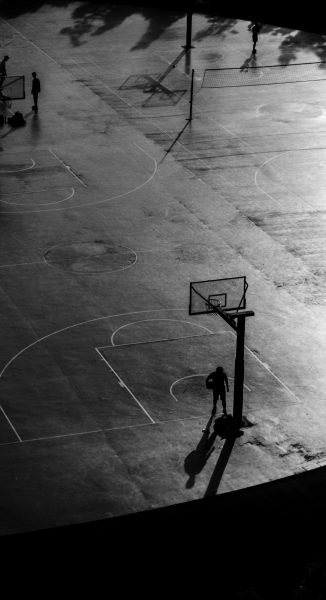Explaining the Deal with the Quad Axel
Decoding figure skating jumps and Yuzuru Hanyu’s historic 4A ratificatio
The entire time I’ve followed the men’s discipline, Japanese superstar Yuzuru Hanyu was the one to beat. When you’ve won every medal multiple times, talents find new heights to reach. What does a senior skater, the best of a decade, do when they’ve collected every gold and broken every record? Hanyu’s goal was to be the first skater to have a quadruple axel ratified in competition.
That’s a big and crazy deal.
Quads are the highest rotation jumps that are currently performed. Quad toe loops are standard jumps for men. Quad lutz and Salchows are more difficult, and quad flips and loop are the most challenging. There is one more type of jump, the axel, but the triple axel is almost as difficult as any quad jump. A quad axel has only been attempted by two skaters. Each figure skating jump is landed the same way, backward and on one foot. The takeoff is what determines their type.
There are two types of jumps: toe jumps and edge jumps. The toe jumps are toe loop, flip, and lutz. A toe jump takes off from the skater gliding backward and striking the ice with their toe pick, using that momentum to propel themselves up in the air. A well-executed lutz is recognizable from the deep outside lean of the takeoff foot, and a flip is more difficult than the toe loop due to it being taken off from the right foot.
The edge jumps are Salchow, loop, and axel. These do not use the support of the toe pick. Salchow jumps have a recognizable sweeping motion of the blades going around the skater and up off the ice. In a loop jump, the legs are crossed, and it takes off the right foot, which is unusual. These are easiest to recognize in combination, as they are done without an Euler (single rotation simple jump), and instead the skater does another jump immediately, keeping their legs crossed and one foot off the ice in the position they landed.
The axel is the most difficult jump, the triple axel being the standard for both men and women. Its difficulty comes from the entry, as it’s the only jump that takes off facing forward. This means the skater needs to add an extra half rotation, making a triple axel 3.5 rotations, and a quad axel almost a quint jump with 4.5 rotations.
Hanyu took on this challenge because his triple axels were the best in competition. Their height, ice coverage, and tight rotation were unparalleled. He is also the only skater who can do a triple axel with difficult counter or twizzle entries and finishes. (Counter: turning from one direction to another on one foot. Twizzle: quick twirls). This makes it almost impossible to predict when his axels are coming, they jump right out of the choreography.
His first attempts at 4As were at the Grand Prix Final in 2019. He attempted many in practice and landed none. He attempted one in competition at the Japanese Nationals this year, but it was downgraded to a triple axel. He did several more in public Olympic practice after he arrived in Beijing, but even the day before the Olympics the public had never seen him actually land one.
Despite never landing it in practice, Hanyu kept the jump in his program and attempted it.
The first quad axel to be ratified in competition took place during the men’s Olympic free skate. He fell, and it was under-rotated, but there were enough rotations for it to be graded as a 4A, the first in history. As it’s his goal to land one in competition before he retires, there will certainly be more attempts in the upcoming season. Hanyu is slowly proving that a jump thought impossible could actually enter competition, and it’s possible he won’t be the only skater attempting the element this year, though no other attempts have been made.
Your donation will support the student journalists of East Lyme High School. Your contribution will allow us to purchase equipment and cover our annual website hosting costs.




